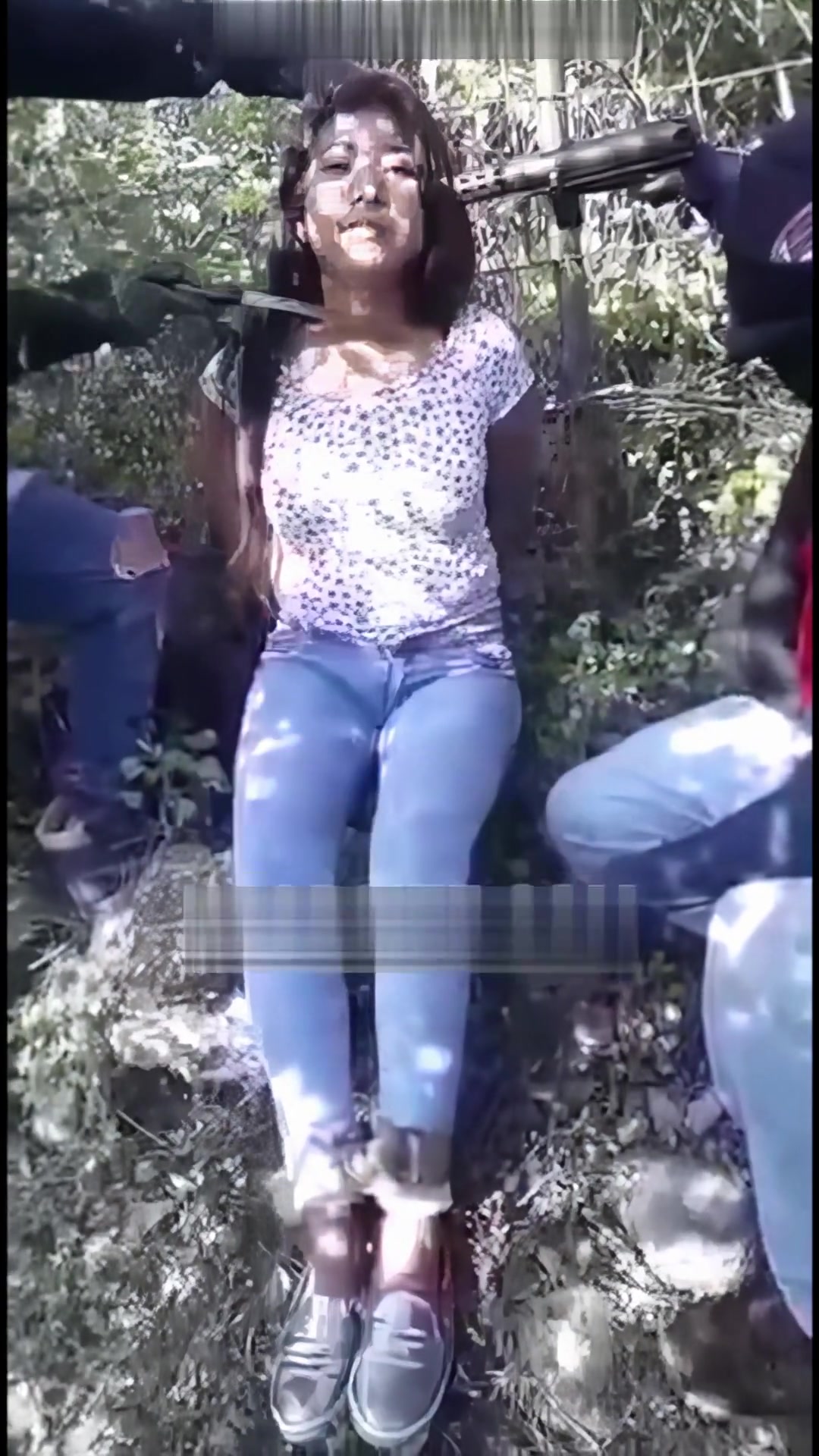The term "gorecentre" has become increasingly popular among enthusiasts and fans of the horror genre. As an intriguing hub for all things macabre, gorecentre encompasses various mediums, including films, literature, and artworks that explore the darker side of human nature. This article will delve into the origins, significance, and cultural impact of gorecentre, offering insights into its allure and the communities that celebrate it.
Throughout history, the fascination with horror and gore has manifested in numerous ways, often reflecting societal fears and anxieties. The gorecentre serves as a focal point for individuals seeking to engage deeply with these themes, whether through film screenings, discussions, or art exhibitions. Understanding what draws people to this unique space can provide insights into the broader context of horror within our culture.
In this exploration of gorecentre, we will address vital questions surrounding its appeal, examine prominent figures in the genre, and discuss the various forms it takes. By the end of this article, readers will gain a comprehensive understanding of gorecentre and its significance in the contemporary landscape of horror and entertainment.
What Is Gorecentre?
Gorecentre is more than just a term; it represents a cultural phenomenon that celebrates horror in its most visceral forms. It encompasses various artistic expressions, including films, literature, and visual arts that evoke strong emotional responses through graphic imagery and unsettling themes. The gorecentre can be seen as a community where fans of horror converge to share their passions, engage in discussions, and explore the boundaries of fear and creativity.
How Did Gorecentre Evolve Over Time?
The evolution of gorecentre can be traced back to the early days of horror cinema and literature. From classic Gothic novels to the splatter films of the late 20th century, the genre has continually pushed boundaries and challenged societal norms. The rise of online platforms has further contributed to the growth of gorecentre, allowing fans to connect and share their love for the macabre across the globe.
What Role Do Social Media Platforms Play in Gorecentre?
Social media has significantly impacted the way horror and gore are consumed and discussed. Platforms like Twitter, Instagram, and TikTok have allowed fans to share their favorite moments, discuss theories, and even create fan art. This interconnectedness has fostered a sense of community and has made it easier for newcomers to engage with the genre.
Who Are the Key Figures in the Gorecentre Community?
Several influential filmmakers, authors, and artists have shaped the gorecentre landscape. These individuals have pushed the boundaries of horror and challenged conventional storytelling. Their contributions have not only defined the genre but have also sparked discussions around the ethics and representation of violence in media.
| Name | Occupation | Notable Works | Contribution to Gorecentre |
|---|---|---|---|
| George A. Romero | Filmmaker | Night of the Living Dead | Revolutionized the zombie genre and introduced social commentary. |
| Clive Barker | Author/Director | Hellbound: Hellraiser II | Blended horror with fantasy, creating a unique aesthetic. |
| H.G. Lewis | Filmmaker | Blood Feast | Credited with pioneering the splatter film genre. |
| Junji Ito | Manga Artist | Uzumaki | Master of horror manga that explores psychological terror. |
What Are the Main Themes Explored in Gorecentre?
The themes explored in gorecentre often revolve around the human experience, touching on fears, desires, and societal issues. Common themes include:
- Mortality: The exploration of death and its implications.
- Isolation: The feeling of being cut off from society or loved ones.
- Psychological Horror: The impact of fear and anxiety on the mind.
- Societal Critique: Using horror to highlight social issues and injustices.
How Is Gorecentre Represented in Popular Culture?
Gorecentre has made its mark on popular culture, influencing everything from music to fashion. Bands have embraced horror aesthetics in their music videos, while fashion designers have drawn inspiration from gothic and horror themes. This crossover appeal demonstrates the enduring fascination with the macabre and how it continues to permeate various aspects of culture.
What Are Some Controversies Surrounding Gorecentre?
As with any genre that delves into disturbing themes, gorecentre has not been without its controversies. Critics argue that excessive violence can desensitize viewers and lead to a glorification of brutality. Discussions around ethical representation and the impact of horror on society are ongoing, making it essential for fans and creators to engage with these issues thoughtfully.
Is There a Future for Gorecentre?
The future of gorecentre is bright, with an ever-growing community of fans and creators passionate about exploring the genre's depths. As technology advances and new platforms emerge, the ways in which horror is consumed and created will continue to evolve. The gorecentre will undoubtedly adapt, ensuring that the fascination with the macabre remains a vital part of our cultural landscape.
In conclusion, gorecentre represents a unique intersection of horror, art, and community. It serves as a space for individuals to confront their fears, engage with unsettling themes, and explore the complexities of human nature. By understanding the significance of gorecentre, we can appreciate the genre's impact on society and the ways it reflects our collective psyche.


